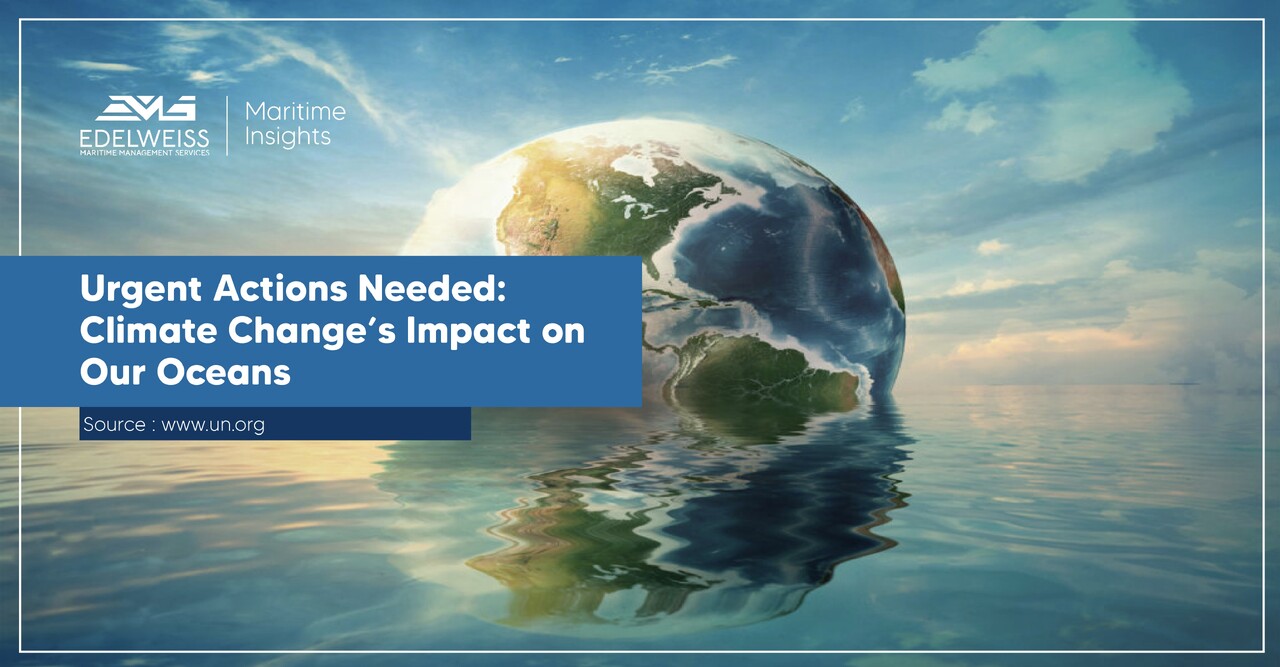Climate Whiplash: Urgent Action Needed To Protect Global Cities

Table of Contents
The Growing Threat of Climate Whiplash to Global Cities
Climate whiplash is characterized by rapid and unpredictable transitions between extreme weather events. These aren't just isolated incidents; they're becoming more common and intense due to climate change. The mechanisms driving this phenomenon involve complex interactions within the Earth's climate system, including changes in atmospheric circulation patterns, sea levels, and precipitation variability. Urban environments, with their dense populations and complex infrastructure, are particularly vulnerable.
For instance, cities like London, experiencing extreme heatwaves followed by torrential rainfall, or coastal cities facing intense hurricanes followed by prolonged droughts, are prime examples of climate whiplash impacts. The consequences are dire:
- Increased risk of flooding and water damage: Intense rainfall overwhelms drainage systems, leading to widespread flooding and damage to property and infrastructure.
- Higher temperatures leading to heat stress and health issues: Prolonged heatwaves, exacerbated by the urban heat island effect, pose significant health risks, particularly to vulnerable populations.
- Damage to critical infrastructure (power grids, transportation): Extreme weather events can disrupt essential services, leading to widespread power outages and transportation delays.
- Disruption of essential services (water, sanitation): Flooding and other extreme weather can contaminate water supplies and disrupt sanitation systems, creating public health risks.
- Increased economic losses: The cumulative costs of damage, repairs, and lost productivity due to climate whiplash are staggering and disproportionately affect vulnerable communities.
Assessing Vulnerability and Implementing Climate Risk Assessments
Understanding city-specific vulnerabilities is crucial to effectively address climate whiplash. Climate risk assessments are essential tools for identifying potential hazards and developing tailored adaptation strategies. These assessments involve collecting and analyzing data from various sources, including climate models, historical weather data, and socioeconomic indicators.
Data-driven decision-making is key. By using climate projections and scenarios, cities can anticipate future risks and plan accordingly. This involves:
- Conducting vulnerability assessments for critical infrastructure: Identifying weak points in infrastructure (e.g., aging water pipes, vulnerable power grids) is critical for prioritizing improvements.
- Developing early warning systems for extreme weather events: Timely warnings allow cities to take preventive measures and minimize the impact of extreme weather.
- Mapping areas at high risk of flooding and heat stress: This allows for targeted interventions to protect vulnerable populations and infrastructure.
- Analyzing socioeconomic factors that exacerbate vulnerability: Addressing socioeconomic inequalities is crucial for ensuring that all communities have equal access to protection and resources.
Implementing Effective Mitigation and Adaptation Strategies for Global Cities
Addressing climate whiplash requires a two-pronged approach: mitigation and adaptation. Mitigation focuses on reducing greenhouse gas emissions to slow the pace of climate change, while adaptation focuses on building resilience to the impacts that are already unavoidable.
Successful adaptation projects around the world demonstrate the effectiveness of various strategies:
- Investing in green infrastructure (e.g., green roofs, urban forests): These measures help reduce the urban heat island effect and improve water management.
- Improving water management systems (e.g., flood defenses, rainwater harvesting): These strategies help protect against flooding and ensure access to water during droughts.
- Retrofitting buildings to improve energy efficiency and resilience: Making buildings more energy-efficient and resistant to extreme weather reduces vulnerability and energy costs.
- Developing climate-resilient transportation systems: Robust and adaptable transportation systems are essential for maintaining essential services during extreme weather events.
- Implementing community-based adaptation plans: Engaging local communities in the planning process ensures that adaptation strategies are tailored to local needs and priorities.
The Role of International Cooperation and Funding in Protecting Global Cities
Climate whiplash is a global challenge that requires international cooperation. Developing countries, often with limited resources, are particularly vulnerable. Increased funding for climate adaptation and resilience projects in these regions is essential.
International organizations and financial institutions have a crucial role to play:
- Sharing best practices and technologies across cities: Knowledge sharing allows cities to learn from each other's successes and challenges.
- Mobilizing international finance for climate adaptation: Significant financial resources are needed to implement adaptation projects globally.
- Strengthening international agreements on climate change: Stronger international cooperation is vital to addressing the root causes of climate change.
- Providing technical assistance to vulnerable cities: Expert guidance and support are essential for helping cities develop and implement effective adaptation strategies.
Conclusion: Urgent Action Needed to Combat Climate Whiplash in Global Cities
Climate whiplash poses a significant threat to global cities, causing widespread damage and disruption. Proactive measures to mitigate and adapt to these risks are urgently needed. Governments, organizations, and individuals must act decisively to reduce greenhouse gas emissions and build more resilient urban environments. From investing in green infrastructure to strengthening international cooperation, a concerted effort is essential to protect our cities from the devastating impacts of climate whiplash. Learn more about how climate whiplash is impacting your city and what you can do to promote climate resilience. Take action to protect your city from climate whiplash today! Keywords: climate whiplash, global cities, climate change, urban resilience, climate adaptation, mitigation strategies.

Featured Posts
-
 Arsenal Gyoekeres Atigazolas Szamok Adatok Es Elemzes
May 28, 2025
Arsenal Gyoekeres Atigazolas Szamok Adatok Es Elemzes
May 28, 2025 -
 Gyoekeres Atigazolas Az Arsenalhoz Minden Amit Tudni Kell
May 28, 2025
Gyoekeres Atigazolas Az Arsenalhoz Minden Amit Tudni Kell
May 28, 2025 -
 Cuaca Semarang 22 April 2024 Perkiraan Hujan Siang Hari Di Jawa Tengah
May 28, 2025
Cuaca Semarang 22 April 2024 Perkiraan Hujan Siang Hari Di Jawa Tengah
May 28, 2025 -
 Improving Federal Services Lessons From The Canada Post Debate
May 28, 2025
Improving Federal Services Lessons From The Canada Post Debate
May 28, 2025 -
 U S Military Strategy Keeping The Chinese Navy Guessing
May 28, 2025
U S Military Strategy Keeping The Chinese Navy Guessing
May 28, 2025
Latest Posts
-
 Frankenstein Del Toros Cryptic Teaser Sparks Debate Among Horror Fans
May 30, 2025
Frankenstein Del Toros Cryptic Teaser Sparks Debate Among Horror Fans
May 30, 2025 -
 Giro D Italia Update Del Toros Stage 17 Victory And Australian Retirements
May 30, 2025
Giro D Italia Update Del Toros Stage 17 Victory And Australian Retirements
May 30, 2025 -
 Susquehanna River Assault Case Moves To Court
May 30, 2025
Susquehanna River Assault Case Moves To Court
May 30, 2025 -
 Del Toros Frankenstein Movie Unexpected Theme Revealed In New Teaser
May 30, 2025
Del Toros Frankenstein Movie Unexpected Theme Revealed In New Teaser
May 30, 2025 -
 Stage 17 Giro D Italia Del Toro Triumphs Australians Vine And Plapp Withdraw
May 30, 2025
Stage 17 Giro D Italia Del Toro Triumphs Australians Vine And Plapp Withdraw
May 30, 2025
